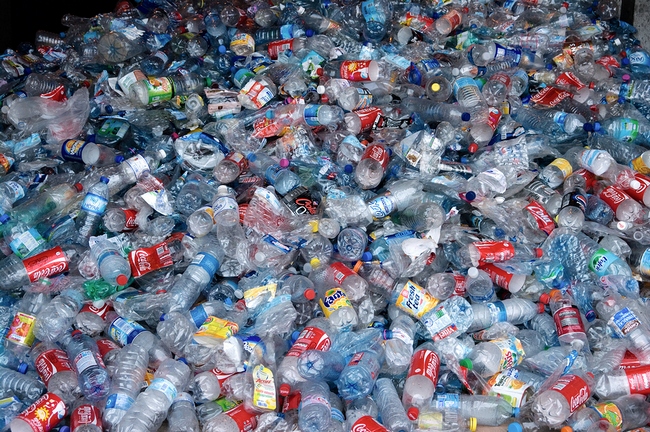- Make It Yourself Lavender Heart-Shaped Bath Bombs!
- 20 Things You Never Knew About “Down There”
- 12 Best Foods For Those Suffering From Arthritis Pain
- 12 Personal Hygiene Mistakes Almost Everyone Makes (Mom Never Told You About #4!)
- 15 Medicinal Plants And Herbs From The Cherokee People
- 12 Mind-Blowing Benefits Of Drinking Coconut Water During Pregnancy
- 12 Outstanding Winter Foods That Won’t Fatten You Up Like A Christmas Turkey
The Problem With All This Plastic (It’s A Bigger Problem Than You Think!)

Photo credit: bigstock.com
Even if you go out of your way to avoid using plastic, it will still affect you. The salt in ocean water as well as the UV light of the sun causes microscopic particles of plastic to emit a wide variety of toxins including DDT and PCBs. When consumed by marine animals, their bodies mistake these chemicals for sex hormones, which also causes a wide variety of symptoms very much like endocrine disruption. These types of chemicals tend to accumulate in organisms as the food chain evolves. This means that, eventually, humans eat these fish that are now inundated with toxic plastic chemicals. Nice, huh?
One report, listed in Reuseit, states that:
- Plastic bags will continue to be toxic even after they break down
- More than 1 trillion plastic bags are used every single year globally
- China alone uses 3 billion plastic bags each day
- 1 million plastic bags are being used every single minute
- One plastic bag can take as long as 1,000 years to degrade
- The United States goes through about 100 billion single use plastic bags each year
- Only 1 in every 200 plastic bags in England are recycled
- More than 3.5 million tons of plastic bags and sacks were thrown out and not recycled in 2008
- Plastic bags are the second most common type of trash found in the ocean (cigarette butts are number one)
- Last, but certainly not least, every square mile of ocean, every single ocean, has at least 46,000 pieces of plastic floating in it
These numbers are truly scary and disgusting.
It’s easy to see numbers like this and think, “Ok, so what does it matter? What is my one little plastic bag going to do to the 1 billion number?”
Plastic for this generation might be what cigarettes were to our parents’ generation.
Believe it or not, at one time, smoking was encouraged. No one imagined that it could really harm you. Some brands of cigarettes were even endorsed by doctors! Even sodas were once marketed as being “healthy” for infants!
Continue to Page 3
































